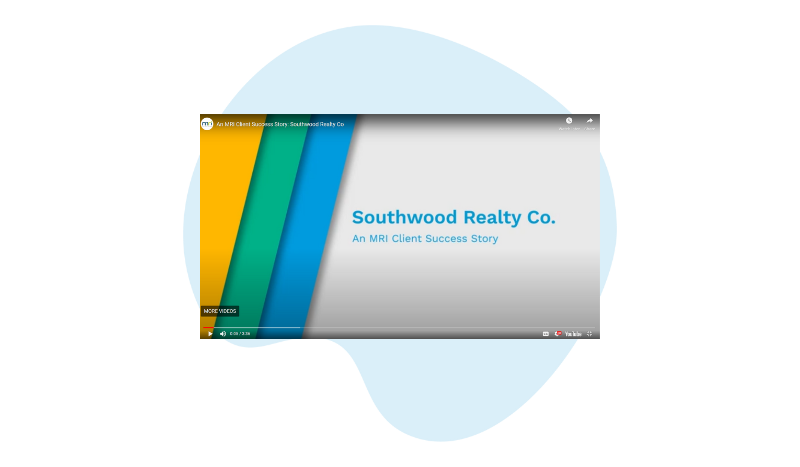Come together: empowering collaboration across internal departments
It’s no secret there is a tendency for different departments within an organisation to work in silos – from HR, finance, to marketing – although one may not function without the other, often there’s little cross-collaboration. It’s common for departments to each have their own technology that drives their everyday processes – the sales team may use a CRM system that is alien to the HR department, for example. Working this way can limit collaboration, misalign priorities and damage customer experience. One way of tackling this is by ensuring all departments use the same systems and adhere to the same processes.
By sharing an online platform that acts as a base from which all internal parties can work from naturally supplies the visability and tools required to work collaboratively. This also adds an element of management oversight, wherby an individual’s workload can be monitored to gauge whether they need to be assisted with a certain task. If that is the case, management can “escalate” the task and reassign it to another team member, proactively assisting with day-to-day activities and informing upon the decision-making process.
Unifying internal processes
To facilitate this departmental collaboration, the ideal tech stack needs to be built around people, priorities and property performance. Ideally, organisations will use a central online business hub whereby all employees can view upcoming tasks related to the individual, the department and organisation as a whole. Alongside this high level of viability, pre-set workflows and built-in business intelligence tools should be in place to bring relevant tasks and insights to the right team member at the right time. A visual representation of relevant business processes that facilitates a single source of data equates to a single source of truth, and removes the need for staff to be keeping multiple systems in-check.
The ideal solution will also need to be easily adaptable to adhere to a company’s sector, branding and espouse its core value proposition. Take a property investor as an example, the focus will be on having a high-level snapshot of the asset portfolio – and a digital arm of assets and team members. One system with fully integrated property management, accounting and facilities management software that automates real estate activities with a complete purchase-to-pay and intelligent invoice scanning solution.
The interface of this central system can be tailored to the end user, and tailored to match personal preference, so it caters to every user from the C-suite to accountants. Intuitive by design, it requires little to no training to use. Across all departments, it provides clear business intelligence for improved decision-making, operational efficiency, smarter resource utilisation – and most importantly, cross-team collaboration.
An MRI Client Success Story: Southwood Realty
How Southwood Realty revolutionized their business with the MRI Living toolbox Founded in 1977, Southwood Realty is a family-owned property management company based out of Gastonia, North Carolina. With locations in North Carolina, South Carolina, Te…

